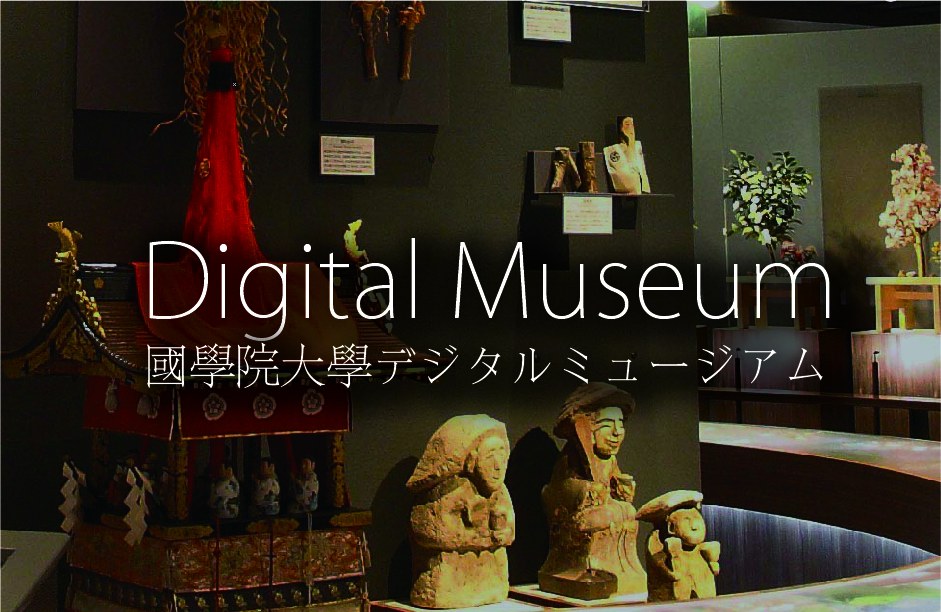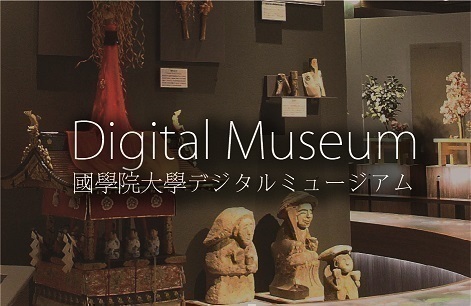- トップ
- Encyclopedia of Shinto
- Maruyamakyō
Encyclopedia of Shinto
| Main Menu: | |
| Links: |
詳細表示 (Complete Article)
| カテゴリー1: | 8. Schools, Groups, and Personalities |
|---|---|
| カテゴリー2: | Modern Sectarian Groups |
| Title | Maruyamakyō |
| Text | A Shinto-derived new religion founded by Itō Rokurobei (1829-94). Born into the Kiyomiya family in Noborito village in the Tachibana district of Musashi Province (present-day Kawasaki City), Rokurobei was adopted as an heir and son-in-law by the Itō household. Thereafter he worked to revive the Maruyama religious confraternity whose traditions had been passed down through his original family of birth, devoting himself to cultivate a faithful mind through spiritual and moral training. Following the Meiji Restoration, in 1870 Itō gave a prayer of thanks to Sengen Daibosatsu (a Buddhist deity) in response to his wife's recovery from illness and received the revelation that he should "seek the answer in himself." After this he engaged in fasting and various other austerities, as a result of which he came to realize that human beings are of the same substance and nature as the kami of heaven and earth, and from the next year he began to proselytize. He continued to perform harsh austerities on Mount Fuji and other places, and became conscious of having the mission of saving humanity. In 1875 Itō joined his religious activities with those of Shishino Nakaba, who led the Fuji Issan Kōsha, a religious confraternity dedicated to worship of Mount Fuji under the aegis of the Taikyōin; together they established the Fuji Issan Kōsha Maruyama Kyōkai Honbu, thus legalizing Itō's proselytizing activities. Their devotees grew rapidly in numbers, and in 1880 they held a festival to celebrate achieving a membership of 100,000. In 1882, however, Fusōkyō gained its own independence, and in response Itō's changed his movement's name to Shintō Fusōkyō Maruyama Kyōkai Hon'in. Itō, in turn, changed his group's affiliation from Fusōkyō to Shintō Honkyoku in 1883, changing its name to Shintō Maruyama Kyōkai Hon'in. With a rapidly growing membership organization, the group divided itself into forty-eight divisions, each corresponding to a sign in the Japanese kana syllabary or "alphabet." The group's activities expanded rapidly in the last decades of the nineteenth century, focusing especially on the Mi division located in Shizuoka Prefecture, but these activities were considered subversive by the government, leading to repression. Itō died in 1894, after which time the movement's activities gradually lost momentum. Itō's adopted son Itō Kuniyoshi (1859- 1908) took over as its second leader, and when he died in 1908, his second son Itō Heishichi (1883-1974) succeeded him as the third leader, taking on the same name as the founder, Rokurobee. The third leader Heishichi critically reflected on the problems caused by the earlier "Mi Division Incident" and worked to disseminate the correct understanding of the movement's teachings. He also began work on a revised and annotated version of the founder's writings, known as the Oshirabe ("Investigations"), a task that was not completed until the end of World War II. In 1946 the movement was registered under the Religious Corporations Ordinance (Shūkyō Hōjinrei) and changed its name to Maruyamakyō, and registered under the Religious Corporations Law (Shūkyō Hōjinhō) in 1952. For a period following the war it gave its energies to a peace campaign. In 1974 the second Rokurobee died and was succeeded by the fourth leader Itō Terumi. Since the movement originated in Kanagawa Prefecture based on the cult to Mount Fuji (Fuji shinkō), its branch churches continue to be concentrated in the Kanto and Tokai regions of central and eastern Japan. Its main focus of worship is known as Oyagami (Moto no Chichihaha or "Original Father and Mother"). See also Itō Rokurobee. Headquarters: Kanagawa Prefecture Nominal membership: approximately 10,000 (M) — Inoue Nobutaka |





